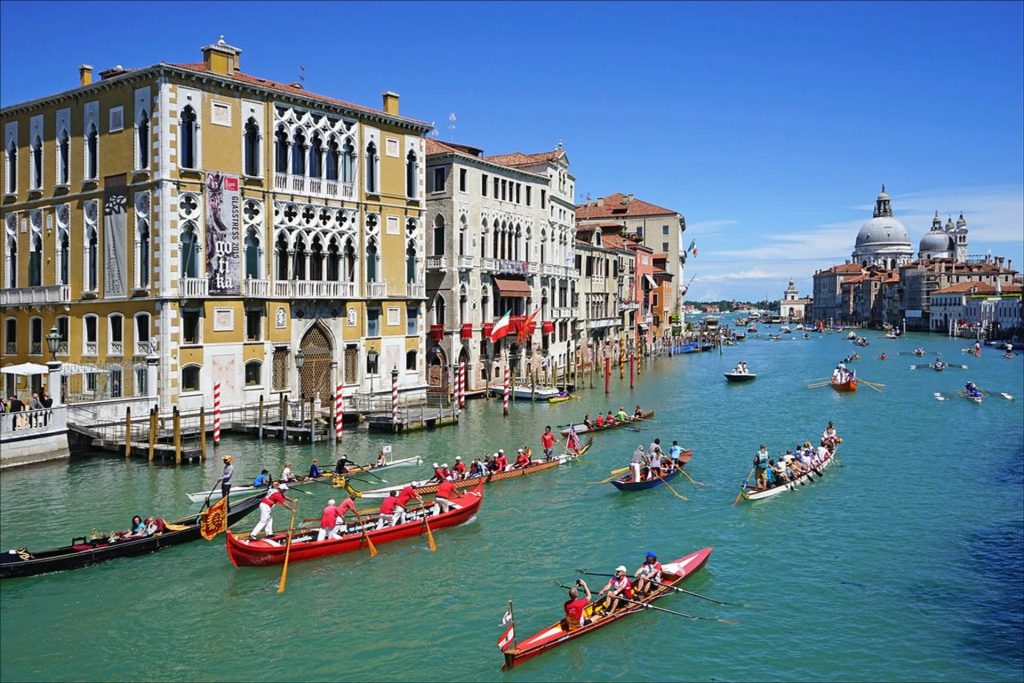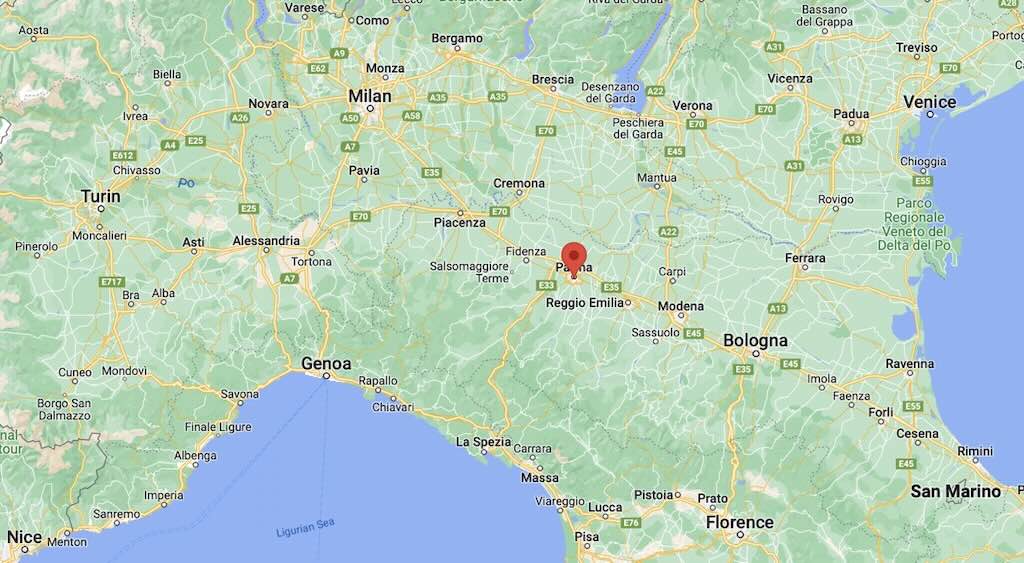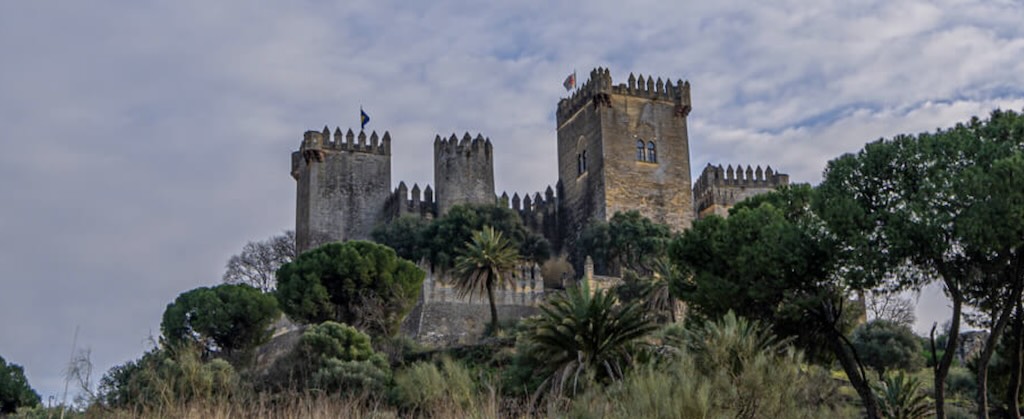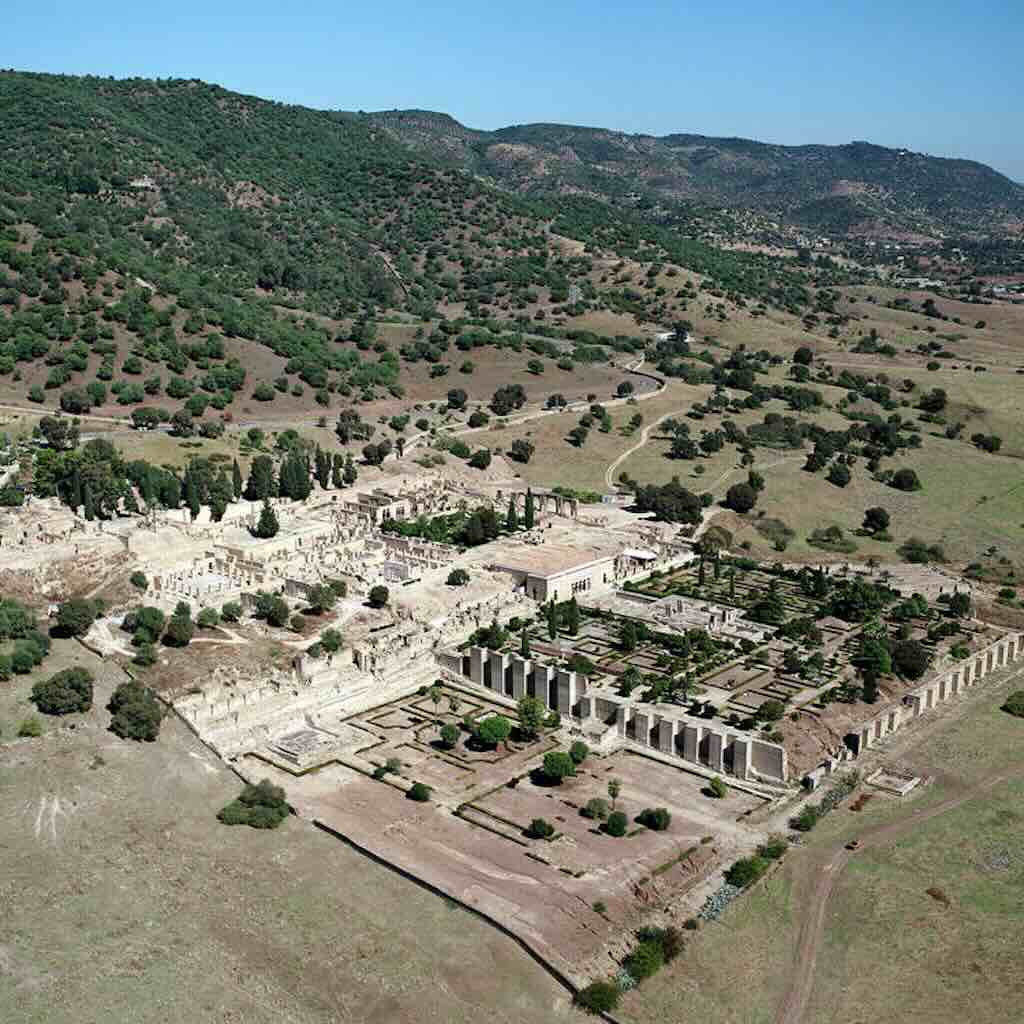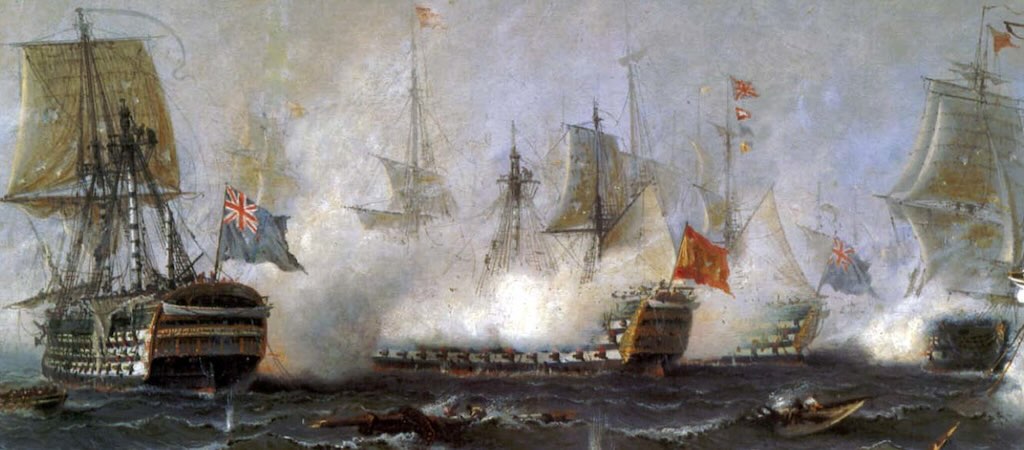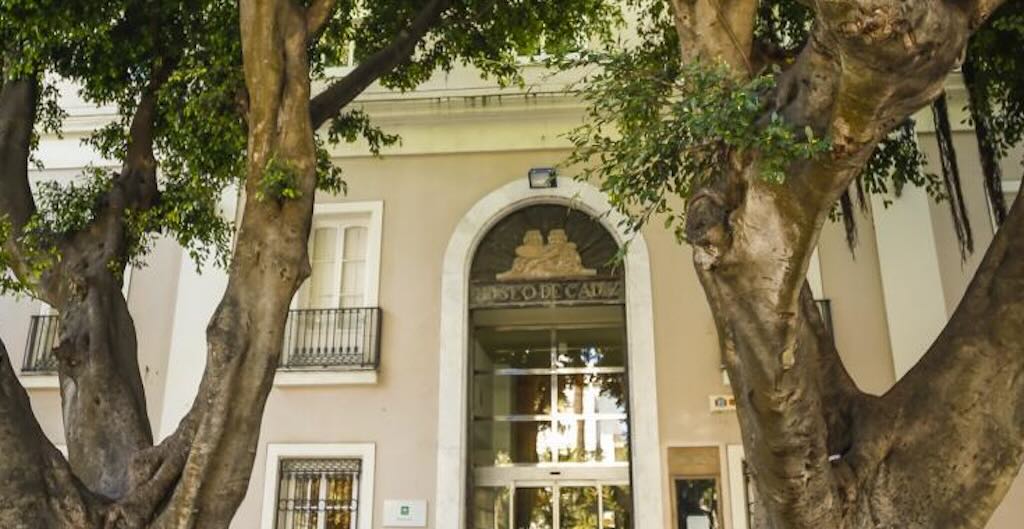In 1978 I spent a year living and working in Jülich in Germany. My mastery of the German language improved dramatically from inexistent to terrible, but otherwise I was warmly welcomed and I have many happy memories of my time there.
One of the few physical reminders of my time in Germany are three beer steins.
Almost every weekend I would travel back to Italy to see my beloved Monique. I would take the night train on Friday (2nd class couchettes) and Monique would be waiting for me the next morning at Sesto Calende on Lago Maggiore. Sunday afternoon I would take the return trip arriving early Monday morning in Cologne. At the time there was a direct option, but I’m not sure that still exists.
I had bought an old car, so I could drive back and forth between Jülich and Cologne. And two or three times during the year Monique would drive up to spend her holidays with me.
When Monique drove up to Jülich, we would visit Aachen (Aix-la-Chapelle), Cologne and the Eifel region. Our summer holidays were spent in Strasbourg, visiting Basel, the Black Forest, etc.
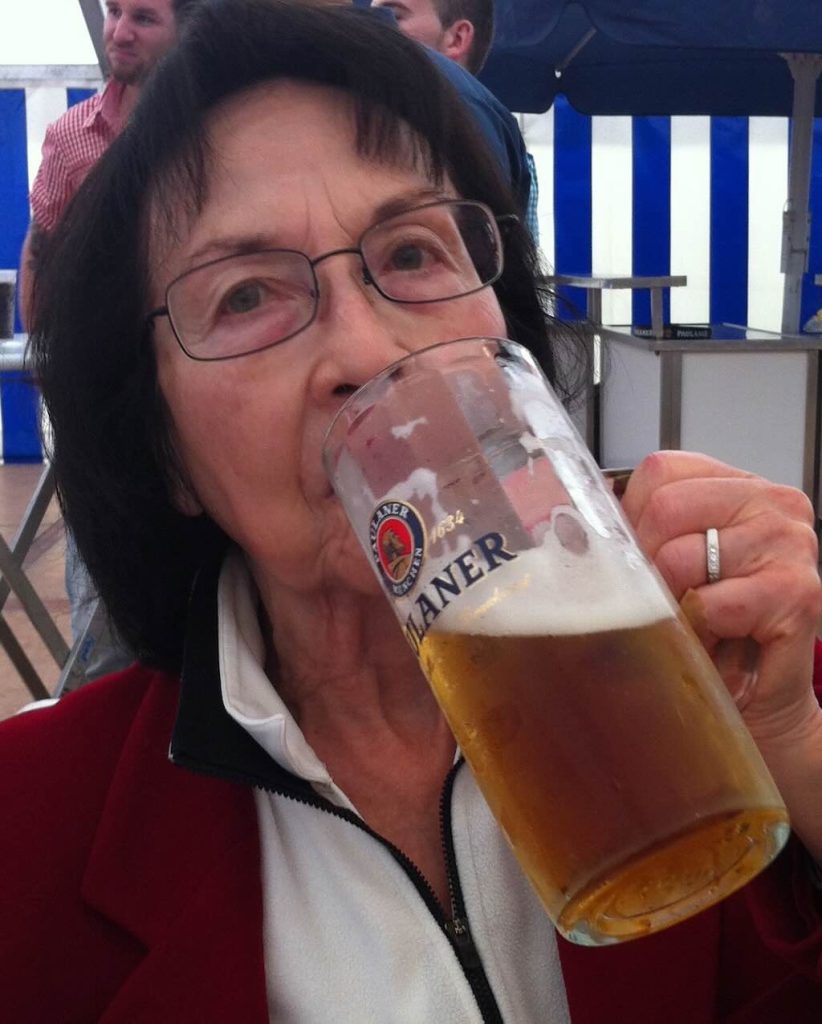
This is a recent photo of Monique at our local Oktoberfest.
Stein or Krug?
As Wikipedia points out “Stein“, which aside from its prevailing meaning “stone”, was often understood to mean “beer mug”. However, the word Stein alone is not used any more to refer to a beverage container in standard German. Today, Krug, Humpen, Keferloher or, especially in Bavaria and Austria, Seidel are used. Oktoberfest usage is Maßkrug. The difference between Humpen and Keferloher is that the first can be found with with or without a lid and can be slightly bulbous and elaborately decorated, whereas the second is often used to describe the simple barrel-shaped (not bulbous), grey, salt-glazed stoneware beer mug often seen without a lid.
I tend to still think of Stein, and it might be too late to change now, but I will try. From what I understand the word Stein comes from Steinkrug, because they were made of Steinzeug/ceramik. It looks like a tourist expression (possible post-war), and was never used by Germans.
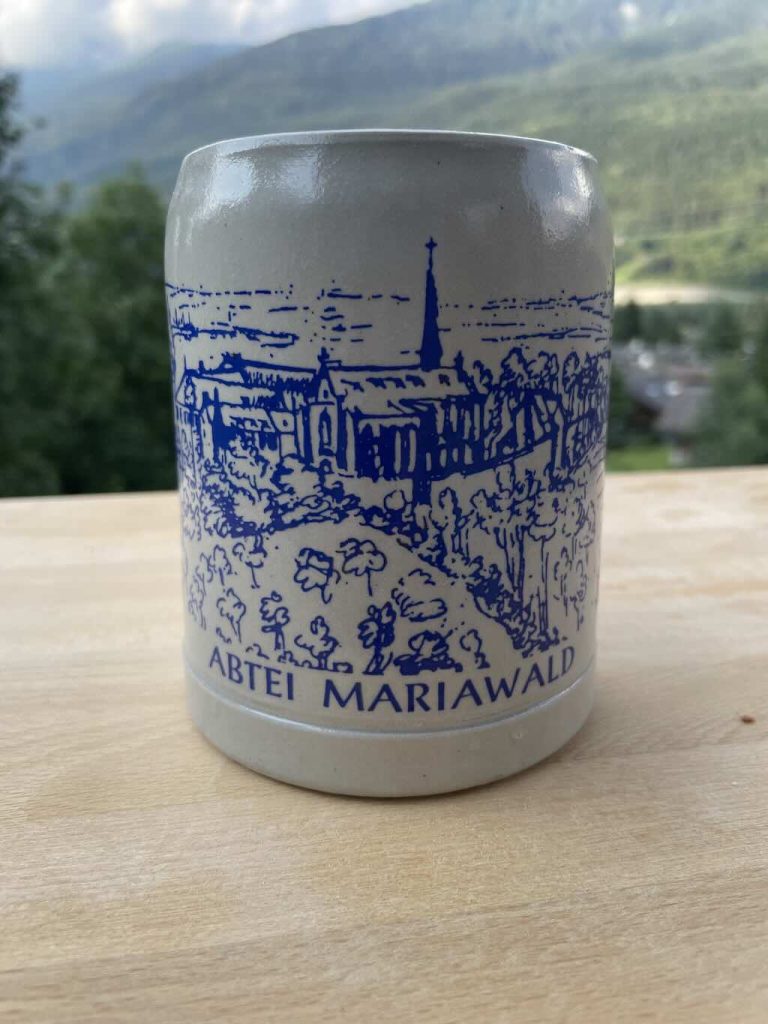
When Monique came to see me in Jülich we would often visit the local region, including the Mariawald Abbey, a Trappist monastery. The small town Heimbach and monastery were popular tourist attraction at the time.
After World War II, a brewery was run at the abbey. But in 1956 the beer production ceased, in part due to the availability of water and brewing ingredients. This did not stop them from selling beer tankards (halbliterhumpen).
Souvenir stein "E.K. Carolvs 1581"
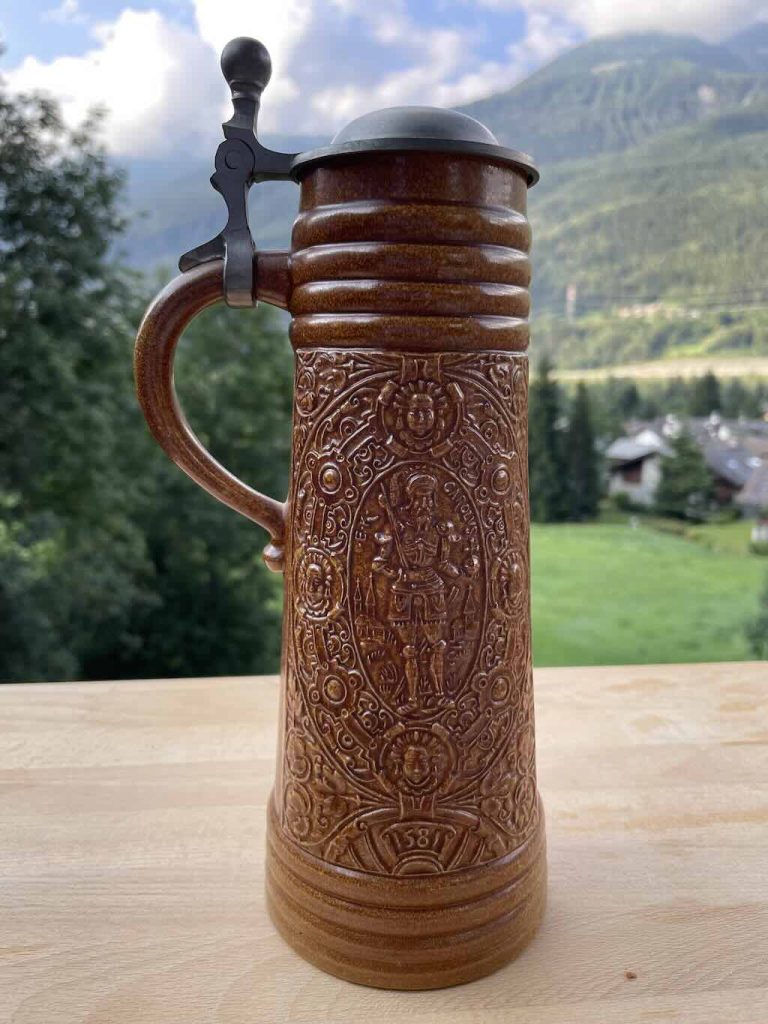
This is a modern souvenir modelled on 16th century tankards which often portrayed Karl the Great, Julius Caesar and Alexander the Great with floral and figural frames, and with a pewter domed lid. It has no marks on the base, so it’s likely to be a simple low-cost reproduction. They appear from time-to-time on auction sites (often called GERZ style), and sell for around €10-30.
Firstly the tankard is made of a brown-washed (sometimes called dark-tan or even “Cologne brown”), salt-glazed stoneware, and has a tapering cylindrical body (trumpet-style) with cordons round the top and base. Salt glaze refers to a moment when the oven has reached its highest temperature, and sea salt is thrown into the kiln through a small opening. The combining of both sodium and the silica from the clay produces a thin, shiny coating on the surface.
The decoration, whilst appearing quite detailed, is in fact relatively simple. In this example the decoration shown above is simply repeated on the other side, whereas the early tankards might well have had three sides panels moulded in relief and decorated with scenes of Samson carrying off the gates of Gaza, the Sacrifice of Manoah, and Delilah shaving Samson’s hair.
Early tankards of this type are often associated with Jan Emens (1540-94), one of the most prolific of the Raeren stoneware potters, and a member of the Mennicken family of potters.
In the central panel we see “E.K. Carolvs”, and what I presume is an image of Karl the Great, otherwise known as Charlemagne (748-814). He was often portrayed holding a sword over his right shoulder, and a ‘cross-bearing orb’ (globus cruciger) in his left hand.
Initially I thought that the date 1581 possibly referred to an original source for the reproduction, but I was wrong (in part). What we actually see is the central part of a panel copied from an antique tankard. Both the top and bottom parts have been truncated, keeping only the central part showing Charlemagne. The upper part would have included a double-headed eagle the heraldic symbol of the Holy Roman Emperor. The lower part, with the date 1581, would have probably been the arms of a member of the House of Habsburg. So the date has no real significance, and was just part of the original used to make this copy.
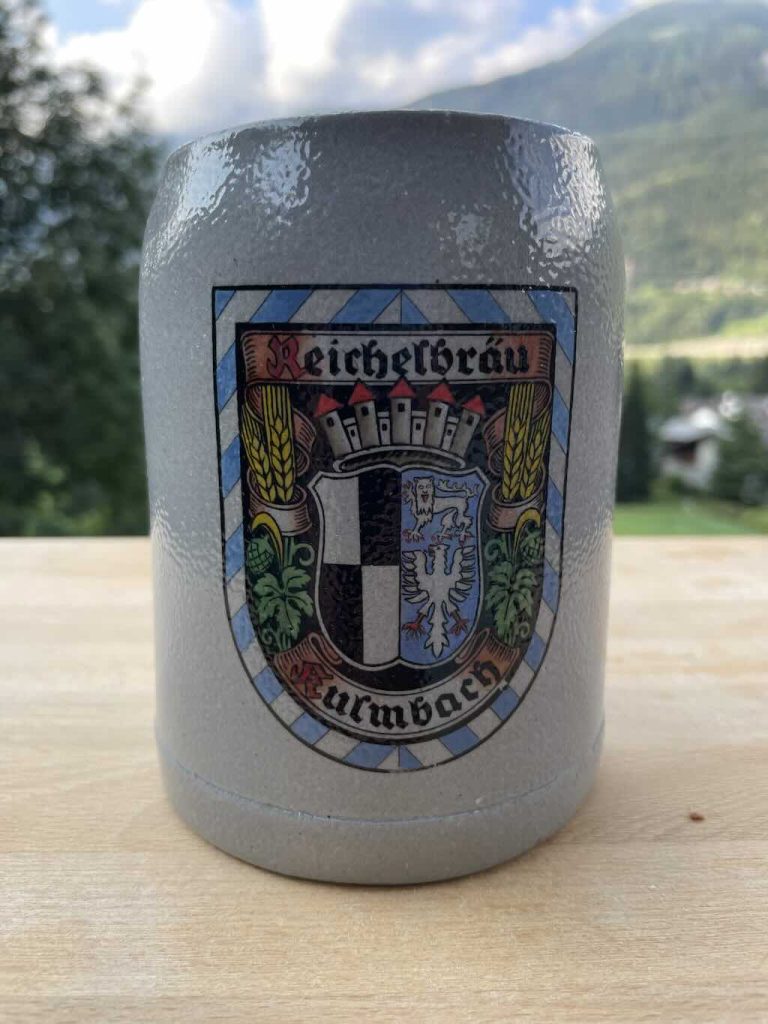
This stein/krug (actually a halbliterhumpen) is a reminder of our visit to the Munich Oktoberfest in 1982, and a day-visit to Kulmback. In this city a 3,000-year-old beer amphora was discovered, which is now considered the oldest evidence of beer brewing in Germany.
The drying hoods of the malt houses, the brewery buildings and the restaurants have always shaped the cityscape, and beer has shaped the lives of the people in the region. In 1846 the Kulmbach Reichelbräu was created by three local brewers. The rise of the Reichelbräu began with the export of the legendary Kulmbach beer to central, eastern and northern Germany. After the fall of the Berlin Wall, additional types of beer being added to the range in 1980 and 1984 with the companies Sandlerbräu and Mönchshof-Bräu. In 1996, the formerly independent breweries Reichelbräu, Sandlerbräu, Mönchshof and EKU were united under the umbrella of Kulmbacher Brauerei AG, and in 2003, the Scherdel brewery in Hof was taken over, and finally in 2005/2006 the Würzburger Hofbräu was also taken over.
References
If you like looking at beer tankards, then check out Matthias Girmscheid’s Beer Stein Library and the Stein Catalog.

